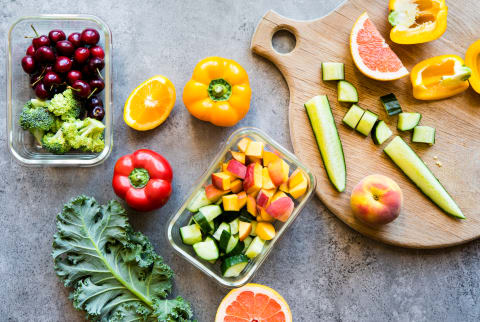However, there are a few things to keep in mind during this transition, including your iron intake. Red meat is notably rich in iron (especially the highly bioavailable heme form of iron), but so are plenty of other foods. To follow, find a few ways to up your consumption, plus one must-know tip to make sure you’re actually reaping the benefits of the iron you consume. If you’re dealing with low iron status (and stores), then your needs will be even higher for several months until iron stores can be reestablished. While you don’t need to count every speck of iron going into your body to ensure you have enough, you should be mindful of what foods you’re consuming and be sure to add some iron-rich picks to each meal. To make your grocery trip a bit easier, here’s a quick list of iron-containing foods, sans red meat. Vitamin C helps to enhance the bioavailability3 of all iron, including non-heme iron.* Translation? The presence of vitamin C makes non-heme iron more easily available for the body to absorb and use. Additionally, vitamin C optimizes the uptake of iron from transferrin (the protein that transports iron through the blood) ensuring that iron is not only absorbed properly but also efficiently distributed throughout the body.* So in order to use your iron to its full potential, you’ll want to be mindful of your vitamin C intake as well.



